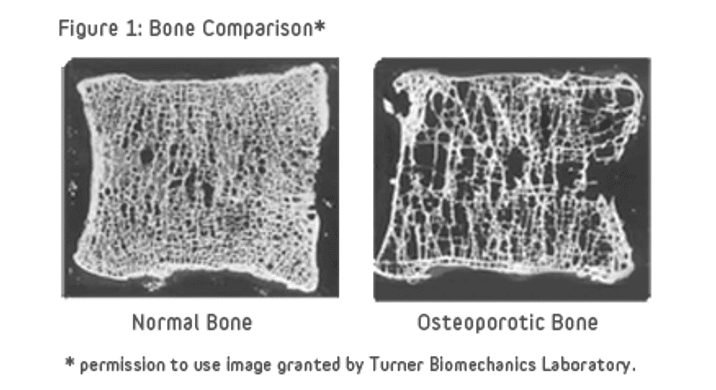By Rejoice Mojo
Osteoporosis, which is a disease that causes the skeleton to weaken and the bones to break, has been widely viewed as a “woman’s disease.” Current research and statistics have revealed that it poses a significant threat to millions of men globally. Moreover, among men whose lifestyle habits put them at increased risk, few recognise the disease as a significant threat to their mobility and independence. Fortunately, in the past few years, osteoporosis in men has been recognised as an important public health issue.
Often called a “silent disease”, osteoporosis progresses without symptoms until a fracture occurs. It develops less often in men than in women as men have larger skeletons, their bone loss starts later and progresses more slowly as they have no period of rapid hormonal change and bone loss. Bone is constantly changing, old bone is removed and replaced by new bone. For most people, bone mass peaks during the third decade of life. By this age, men typically have more bone mass than women. After this point, however, the amount of bone in the skeleton begins to decline slowly as removal of old bone exceeds formation of new bone. Men in their fifties do not experience the rapid loss of bone mass that women do in the years following menopause, but by age 65 or 70, men and women lose bone mass at the same rate, and the absorption of calcium decreases in both sexes.
Sadly, Osteoporosis is greatly under-diagnosed, and under-treated in Asia Pacific which includes Australia. Over the next two decades, 319 million people within Asia Pacific aged 50 and above are projected to be at high risk of osteoporosis fracture.
Fractures resulting from osteoporosis usually occur in the hip, spine, and wrist which can lead to loss of independence with patients commonly unable to work, drive or complete everyday household tasks.
Several risk factors that have been linked to osteoporosis in men include:
- Chronic diseases that affect the kidneys, lungs, stomach, and intestines or alter hormone levels
- Regular use of certain medications
- Undiagnosed low levels of the sex hormone testosterone
- Unhealthy lifestyle habits: smoking, excessive alcohol use, low calcium intake, and inadequate physical exercise
- Age-the older you are, the greater your risk.
It’s not all bleak, however, as Healthy Bones Australia and other organisations are working hard to implement policies to improve current management of Osteoporosis. As prevention is always better than cure, you could be proactive and assess your level of risk using an online tool called ‘Know your bones’.
Once diagnosed, in addition to medications, you will need to make lifestyle changes to reduce your risk of Osteoporosis. Exercise is a major part of management, as bones require weight-bearing to maintain their strength.
So, if you have any concerns, give us a call and get physically active to save your bones. Let’s get all the men in our lives on board!
If you would like to make an appointment with our physiotherapist to discuss Osteoporosis, please contact 07 4053 6222 or book an appointment now!


